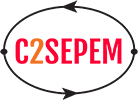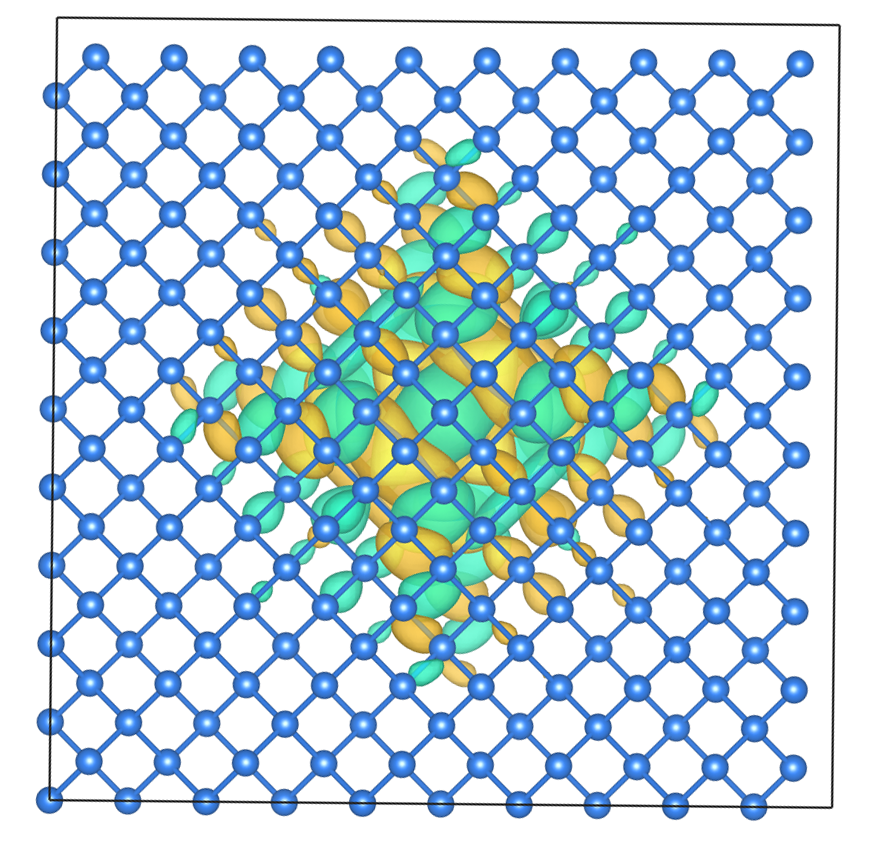The objective of the Center for Computational Study of Excited-State Phenomena in Energy Materials (C2SEPEM) is to develop theories, methods, and general software to elucidate and predict excited-state phenomena in energy-related materials. Our software will use advanced algorithms and first-principles many-body perturbation theory that fully include but also go well beyond the interacting one- and two-particle Green’s function (GFs) to compute quasiparticle excitations and lifetimes, optical spectra, exciton-exciton interactions, trion formation, nonlinear optical processes, excited-state decay, time-dependent phenomena, and more. The methods and software developed will be highly relevant to complex materials for energy applications and be validated through close collaboration with experimental groups. The end result will be an integrated open-source software package (BerkeleyGW) with unique capabilities to predict and understand a variety of excited-state phenomena from first principles with exascale performance.
Our Center will build on recent progress made on computation of excited-state properties of complex functional materials using ab initio many-body perturbation theory (MBPT), advancing an existing successful software package, BerkeleyGW. We aim to expand the state-of-the-art (both computational and theoretical) in MBPT in several major directions:
- Advancing and going beyond standard GW and Bethe-Salpeter equation approaches
- Novel computational methods
- Software Deliverables
Learn more: People | Software | Publications | News & Events


